Growing up, my parents took us to many historical sites throughout North America, but it wasn’t until this year that I found my favourite – The Edison and Ford Winter Estates in Fort Myers, Florida. We had been waiting to go as a family when we were all in Florida together, so during our trip this February, we all went.
 |
| Thomas Edison and Henry Ford at Seminole Lodge, 1923 |
The entire property was inspirational, from the architecture and decor, to the incredible gardens with species from around the world. The historic buildings including the Edison Estate, the Ford Estate and Edison’s laboratory, are surrounded by over 20 acres of botanical gardens.
Edison Estate – “Seminole Lodge”
In 1885, Thomas Edison purchased the property along the Caloosahatchee River to build his vacation home. “Seminole Lodge”, named after local natives, served as his winter retreat until his death in 1931.
The Main House originally included a kitchen and dining room, but the Edison family remodeled it in 1906 to serve as their bedroom suites, library, study and Edison’s den. The dining room and kitchen were added to the Guest House during renovations
The living room looked like it could be out of a modern Pottery Barn catalogue – wicker chairs, gorgeous white built-ins and beautiful dark wood floors.
The electric chandeliers, called “Electroliers” were designed by Edison and handmade out of brass in his workshop. They can be spotted throughout the various buildings, but are particularly detailed and ornate in the main rooms.
Botanical prints can be seen throughout the two houses, reminding me of the ones I put up in our bedroom for under $6.
This light and airy bedroom has so many features I’d love to incorporate into our own decor, from the slate grey painted dresser to the delicate chenille bedspreads.
Surrounding the first floors of the Main House and Guest House are large overhanging porches, lined with beautiful French doors.
The light turquoise ceiling paired with the grey siding and white trim could be out of any summer decor magazine this year. I’m sure that some of them have taken inspiration from beautiful historic homes like this one.
Edison had previously sold the second building to his friend Ezra Gililand, but then re-acquired it in 1906 to convert it into the Guest House for visitors. It also included the family room, dining room and kitchen.
The living room, with another phonograph and electrolier by Edison, looks onto the dining room.
The estates’ curators have done a fantastic job of making it all look like people are actually living there, right down to the realistic plastic food on the table and the turned out chairs. It lends a coziness to the estate that you don’t see in many others.
Surrounded by French doors, the dining room gets an incredible amount of natural light (a blogger’s dream!). A dark wood built-in cabinet, flanked by two sets of doors, houses antique dishes.
Across from the dining room lies a kitchen that was quite modern for the time. A worn out farm table serves as an island in the center of the kitchen.
Despite all the rooms being divided up by porches and pathways, it still feels like one large building. I can just picture how bright and open it was when they lived here. I’d spend all my time out on those big beautiful porches, overlooking the river.
 |
| Source |
In this map, you can see the two connected buildings of the Edison Estate, with the Ford Estate on the left and the laboratory and museum across the road.
Ford Estate – “The Mangoes”
In 1915, Henry Ford and his family stayed as guests at the Edison home and fell in love with the area. A year later, Henry Ford purchased “The Mangoes”, a beautiful craftsman bungalow adjacent to the Edison’s. This gave them the opportunity to vacation together for 15 years, as well as work in the laboratory together. The front porch overlooks the palm trees on MacGregor Boulevard, while the back porch offers a spectacular view of the Caloosahatchee River.
Here I am with the car man himself….well, a larger-than-life size statue of him anyways. Directly across from this statue in the gardens sits Ford’s garage. It currently displays some of his greatest automobiles from that era.
Beautiful quilts can be seen throughout the estate. It makes me want to get a move on my goal of making my own someday.
On the left you have a flour dispenser, a bread box in the middle and plenty of storage on the right – complete with frosted pattern windows!
To the right of the kitchen lies a pantry, with great blue Ball mason jars and vintage canned foods.
Botanical Gardens
In Thomas Edison’s original design for the estate, he included areas for not just research gardens but family gardens for food as well. Much of the landscape is dominated by huge ficus trees that were planted by Thomas Esidon, Henry Ford and Harvey Firestone during their quest for rubber.
During a long winter back home, it was nice to have a break from the cold and walk through these beautiful gardens, that were still so vibrant even in February.
In 1920, the Edison family built one of Florida’s first swimming pools, using cement from Edison’s own Portland Cement Company. It is still in working order to this day.
The Caretaker’s House is the oldest structure on the property. It was originally one room, but Edison expanded the building over the years to be used by various estate workers. It currently houses an exhibit of Florida’s history.
Designed by renowned landscape architect Ellen Biddle Shipman in 1929, the Moonlight Garden was Mina Edison’s pride and joy. The estate has won awards over the years for the continued preservation and restoration of these historical garden. At the back of the garden, you can see the back door of Edison’s mini laboratory.
The desk shows a series of Edison’s light bulb designs throughout the years.
Edison’s Botanical Research Laboratory
In the 1920s, Thomas Edison, Henry Ford and Harvey Firestone were looking for a viable domestic source of rubber (latex). They were concerned about America’s dependence on foreign sources of rubber and decided to research an alternative. In 1927, they formed the Edison Botanic Research Corporation (EBRC), and tested 17,000 plants in their quest.
In the Estates Museum, they have an incredibly detailed model of the laboratory, including the office. It is crazy to see it in such detail.
In the end they found their source of latex in the weed Goldenrod, the specimen that Edison and Firestone are standing next to in the photo on this desk.
We had a fantastic afternoon spent roaming around the estate grounds, complete with a picnic under a banyan tree. For anyone visiting the Fort Myers area in Lee County, I highly recommend a visit to the Edison and Ford Winter Estates. It’s a great snapshot into the lives of some of history’s greatest inventors.

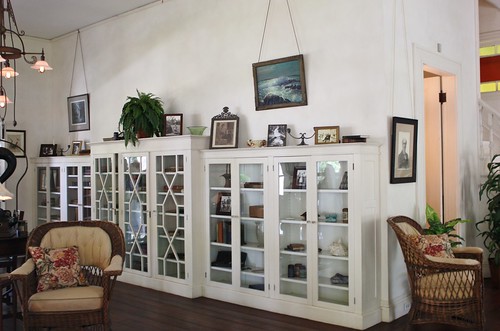


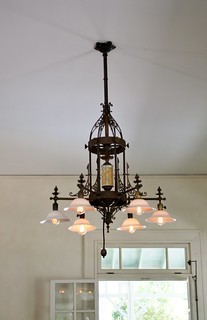

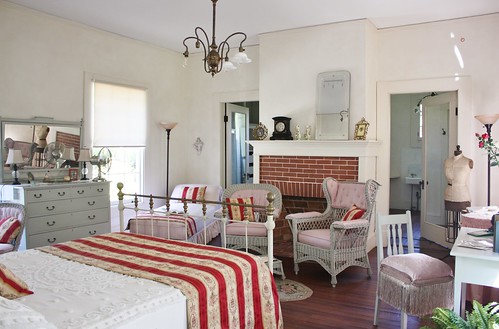
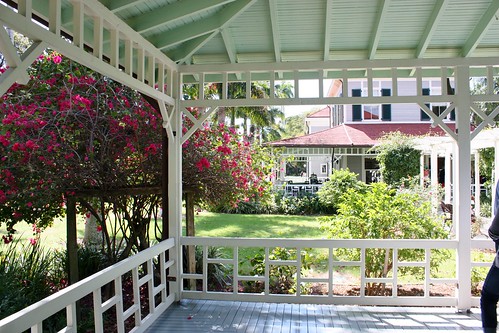
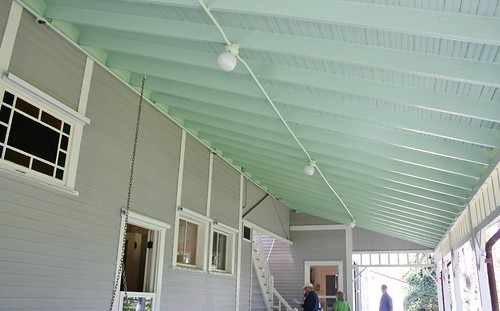

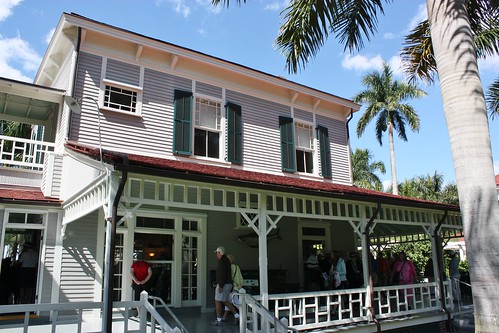





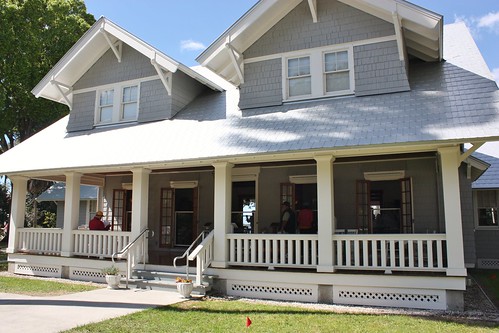

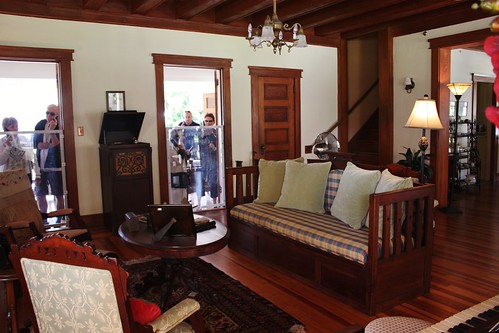
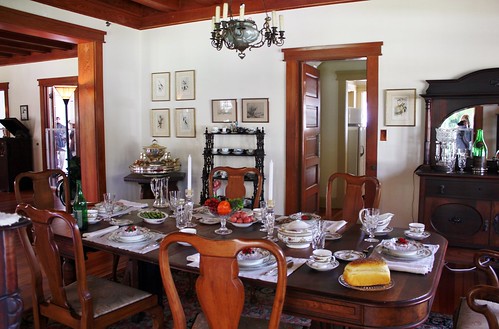






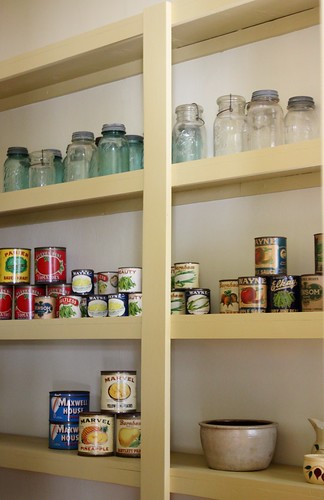
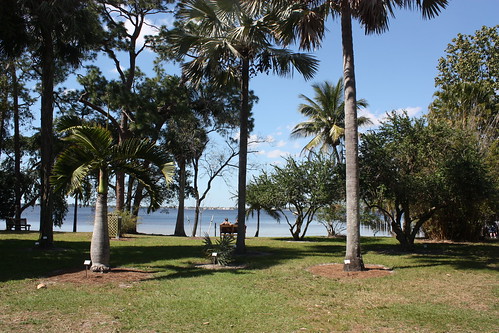
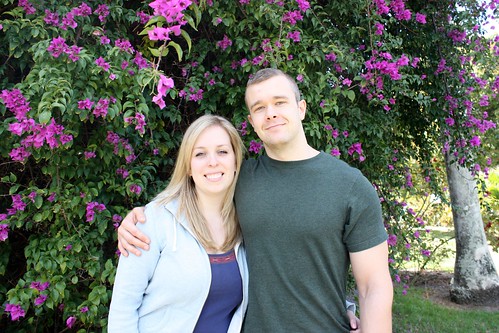

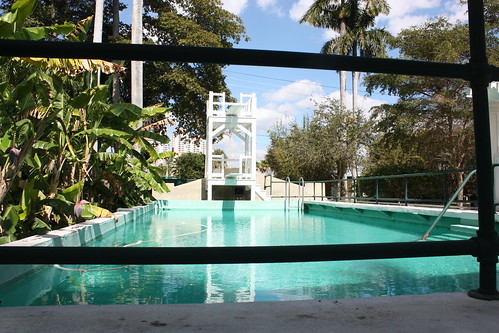
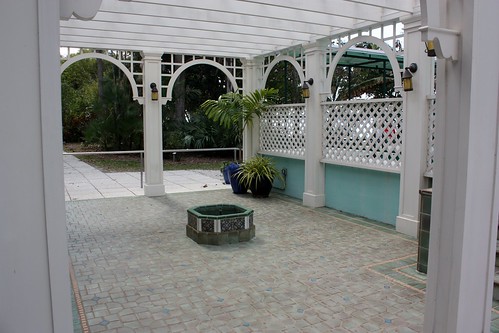
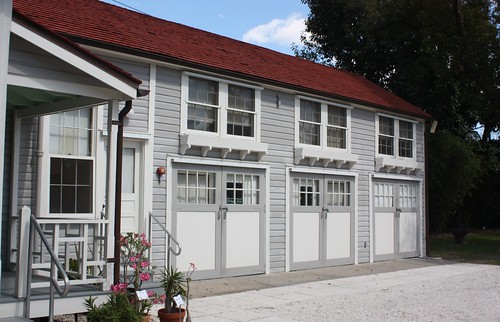
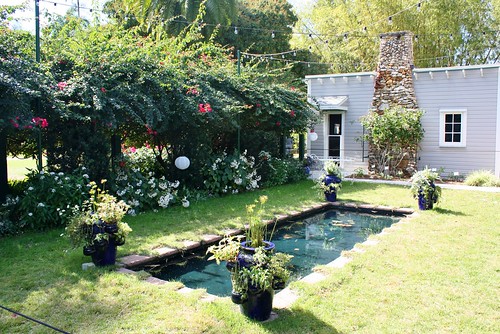

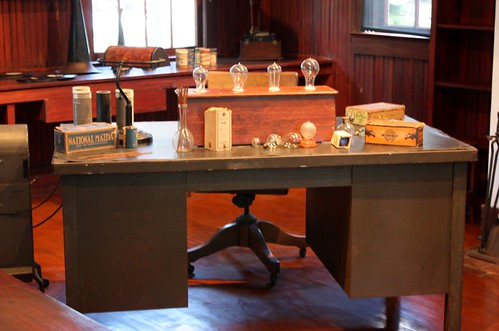
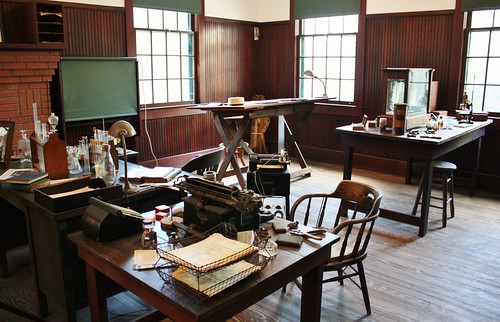


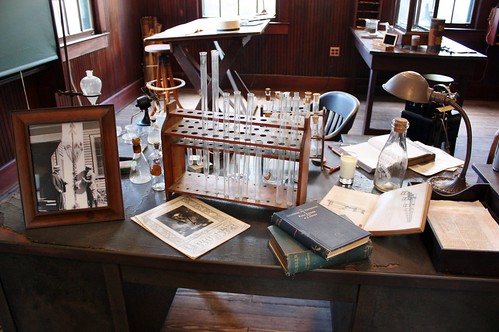

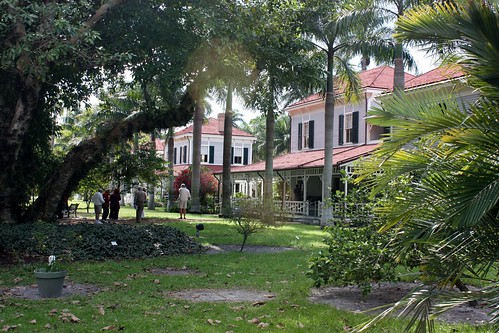

That kitchen work station is amazing! I love historical tours..and I didn’t even have to leave my desk for this one. 😉 Would love to check out the Edison and Ford Winter Estates sometime. I’ll have to add it to our list. Thanks for sharing!